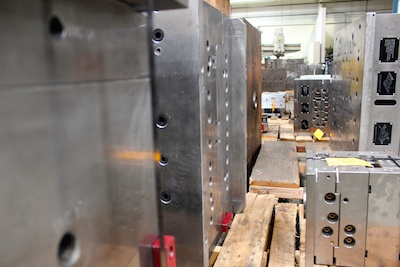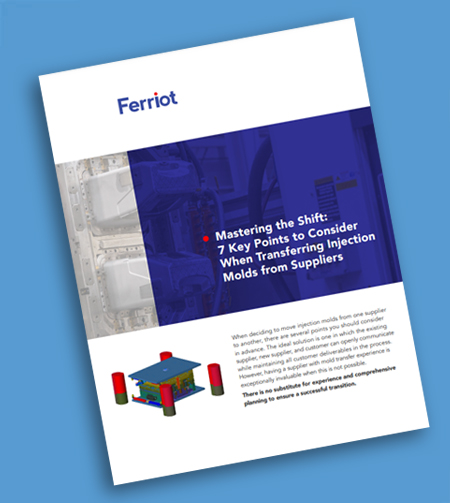When working with an injection molding company to help create your new product, it’s important to create a prototype for long-term success. While the initial process may feel expensive and cumbersome, it’s much more beneficial and cost-effective to prototype and identify issues early, than to make an expensive injection mold only to find out something doesn’t work or look the way you and your team envisioned it. Prototyping helps to avoid huge headaches and let you enjoy the creation you’ve worked hard to build.
Here are 14 reasons that show how prototyping is important for your new plastic part:
- To determine the points and reasons for failure at the part and assembly level based on real world testing
 .
. - To better understand total cost (i.e. manufacture, assemble, test & package).
- To identify opportunities to reduce costs through part consolidation.
- To improve future production tool design, manufacturing and reliability.
- To improve product design in terms of manufacturability and assembly.
- To facilitate and improve overall assembly processes and costs.
- To determine whether the “as molded” appearance is acceptable or requires a secondary operation (i.e. paint or plating, etc.). This will assist with aesthetics but also with cost assumptions.
- To determine whether or not individual and assembled part tolerances are too tight or too loose resulting in higher manufacturing costs or reduced reliability.
- To determine the optimum processing/manufacturing approach (i.e. straight injection, gas assist, insert molding, heat staking, ultrasonic welding, two-component molding, etc.). By testing the product we can determine the best type of injection molding necessary to complete the project.
- To determine the most suitable plastic for a given application (in terms of appearance, performance and price).
- To improve reliability test methods.
- To measure actual test results and compare against target performance requirements.
- To determine whether mechanical fasteners are required in specific areas versus plastic snaps.
- To uncover potential obstacles or barriers in the manufacturing and assembly processes that might have otherwise been overlooked resulting in higher costs and extended launch dates.
The above points should speak for themselves when it comes to making the production of your new plastic piece easier in the long run. By taking the time for due diligence in the early stages, you’ll not only save time and money – but you’ll be much more confident and secure that everything is done to your specifications for on-going production orders.





